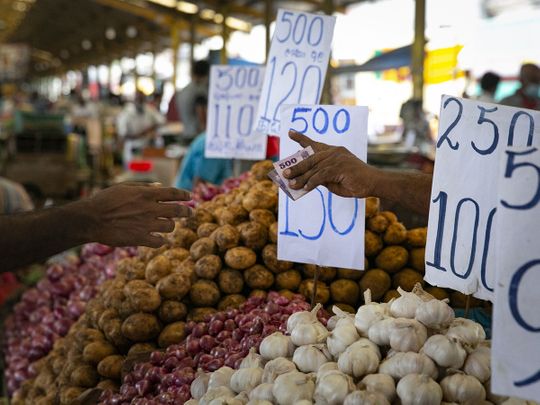Skyrocketing prices of vegetables are burning holes in the pockets of consumers in Sri Lanka, which is grappling with its worst political and economic crisis since its independence in 1948.
To make matters worse, most vegetable prices have more than doubled, while the rate of rice has increased from Rs 145 per kilogram a year ago to Rs 230.
The price of onion shot to Rs 200 per kilogram (Sri Lankan Rupee), and the potato’s rate rose to Rs 220 per kilogram. Tomatoes are being sold at Rs 150 per kilogram, while carrots would cost Rs 490 per kilogram.
INFLATION
Sri Lanka is mostly dealing with cost-push inflation, especially from high fuel prices. Analysts had predicted inflation could peak in July but will continue to hover around 50 per cent over the rest of the year.
The country’s central bank increased rates by a record 700 basis points in April, to curb inflation and stabilise the currency.
Sri Lanka’s inflation rate stood at 54.6 per cent in June, brought on in part by the worst financial crisis in decades, and economists claimed policymakers could do little to lower prices in the near future, Reuters reported.
The island of 22 million people is wilting under a severe foreign exchange shortage that has left it struggling to pay for essential imports of fuel, fertiliser, food and medicine and has spurred people to take to the streets in protest.
ECONOMIC CRISIS IN SRI LANKA
The crisis comes after covid-19 hammered the tourism-reliant economy and slashed remittances from overseas workers, and has been compounded by the build-up of huge government debt, rising oil prices and a ban on the import of chemical fertilisers last year that devastated agriculture.
Food inflation reached 80.1 per cent year on year in June while transport costs surged 128 per cent, official data showed, as per the Reuters report.
With soaring food prices, 70 per cent of households are now reporting reduced food consumption, UNICEF said.






